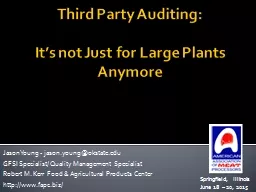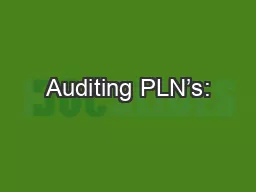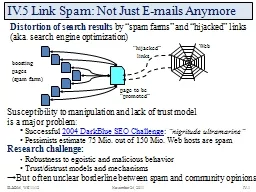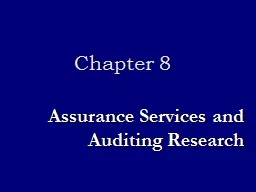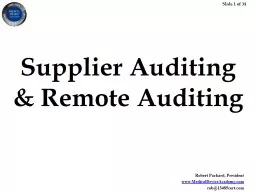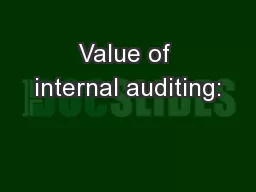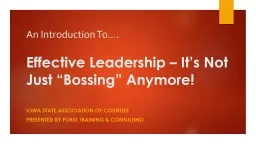PPT-Third Party Auditing: It’s not Just for Large Plants Anymore
Author : mitsue-stanley | Published Date : 2018-11-07
Jason Young jasonyoungokstateedu GFSI Specialist Quality Management Specialist Robert M Kerr Food amp Agricultural Products Center httpwwwfapcbiz Springfield
Presentation Embed Code
Download Presentation
Download Presentation The PPT/PDF document "Third Party Auditing: It’s not Just fo..." is the property of its rightful owner. Permission is granted to download and print the materials on this website for personal, non-commercial use only, and to display it on your personal computer provided you do not modify the materials and that you retain all copyright notices contained in the materials. By downloading content from our website, you accept the terms of this agreement.
Third Party Auditing: It’s not Just for Large Plants Anymore: Transcript
Download Rules Of Document
"Third Party Auditing: It’s not Just for Large Plants Anymore"The content belongs to its owner. You may download and print it for personal use, without modification, and keep all copyright notices. By downloading, you agree to these terms.
Related Documents

